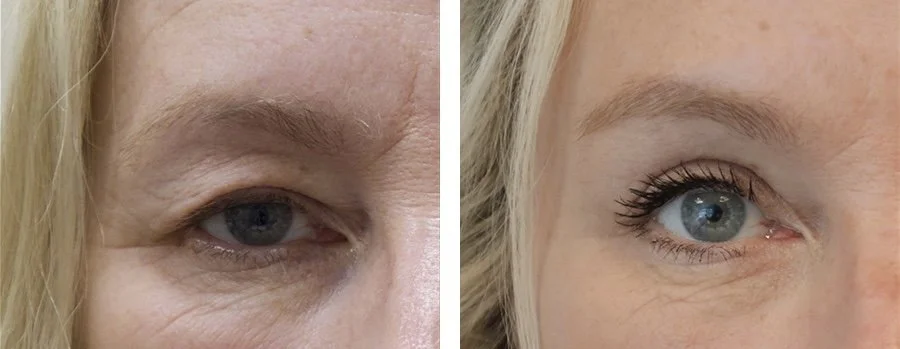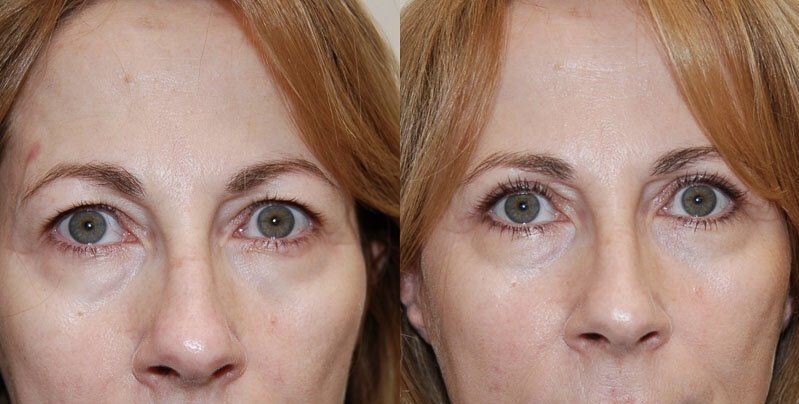Blepharoplasty is a surgical procedure commonly known as eyelid surgery. It is performed to improve the appearance of the eyelids by addressing sagging or drooping eyelid skin, excess fat deposits, and puffiness. Blepharoplasty can be performed on the upper eyelids, lower eyelids, or both.
Here are some key points about blepharoplasty:
1. Upper Blepharoplasty: This procedure focuses on the upper eyelids. It involves making incisions along the natural creases of the eyelids to remove excess skin, tighten underlying muscles, and, if necessary, remove or reposition fat deposits. Upper blepharoplasty can address hooded or drooping eyelids that may impair vision or create a tired appearance.
2. Lower Blepharoplasty: Lower blepharoplasty targets the lower eyelids. Incisions are typically made just below the lash line or inside the lower eyelid (transconjunctival approach). Excess skin, muscle, and fat are removed or repositioned to reduce under-eye bags, puffiness, and fine lines.
3. Combined Blepharoplasty: In some cases, both upper and lower blepharoplasty may be performed together to achieve comprehensive rejuvenation of the entire eye area.
4. Functional and Cosmetic Benefits: Blepharoplasty can provide both functional and aesthetic improvements. In addition to enhancing the appearance of the eyes, the procedure can alleviate vision obstruction caused by sagging upper eyelid skin.
5. Recovery and Results: After the procedure, patients may experience temporary swelling, bruising, and dryness around the treated area. These effects typically subside within a few weeks. Results of blepharoplasty are generally long-lasting, but the natural aging process may continue to affect the eyelids over time



